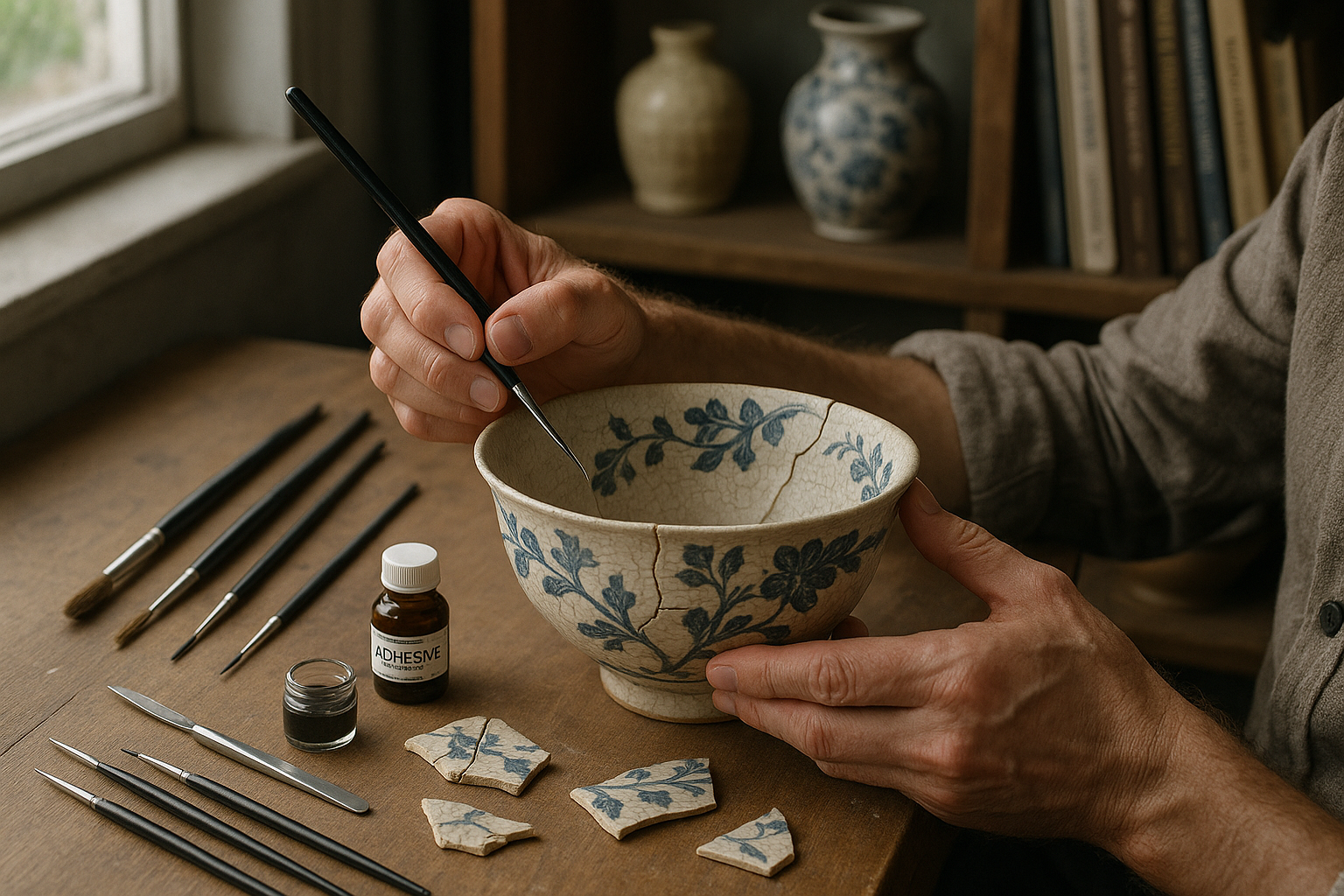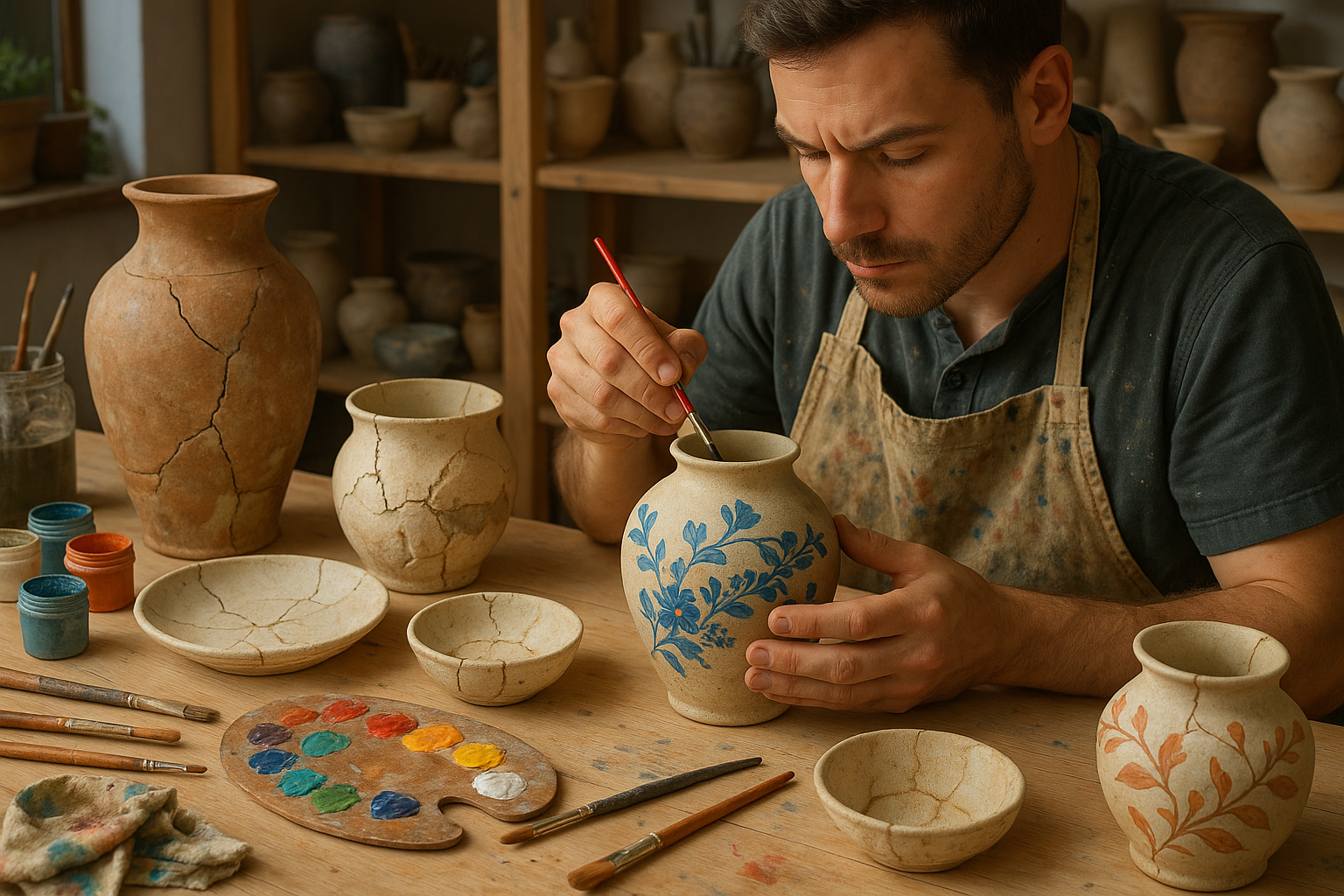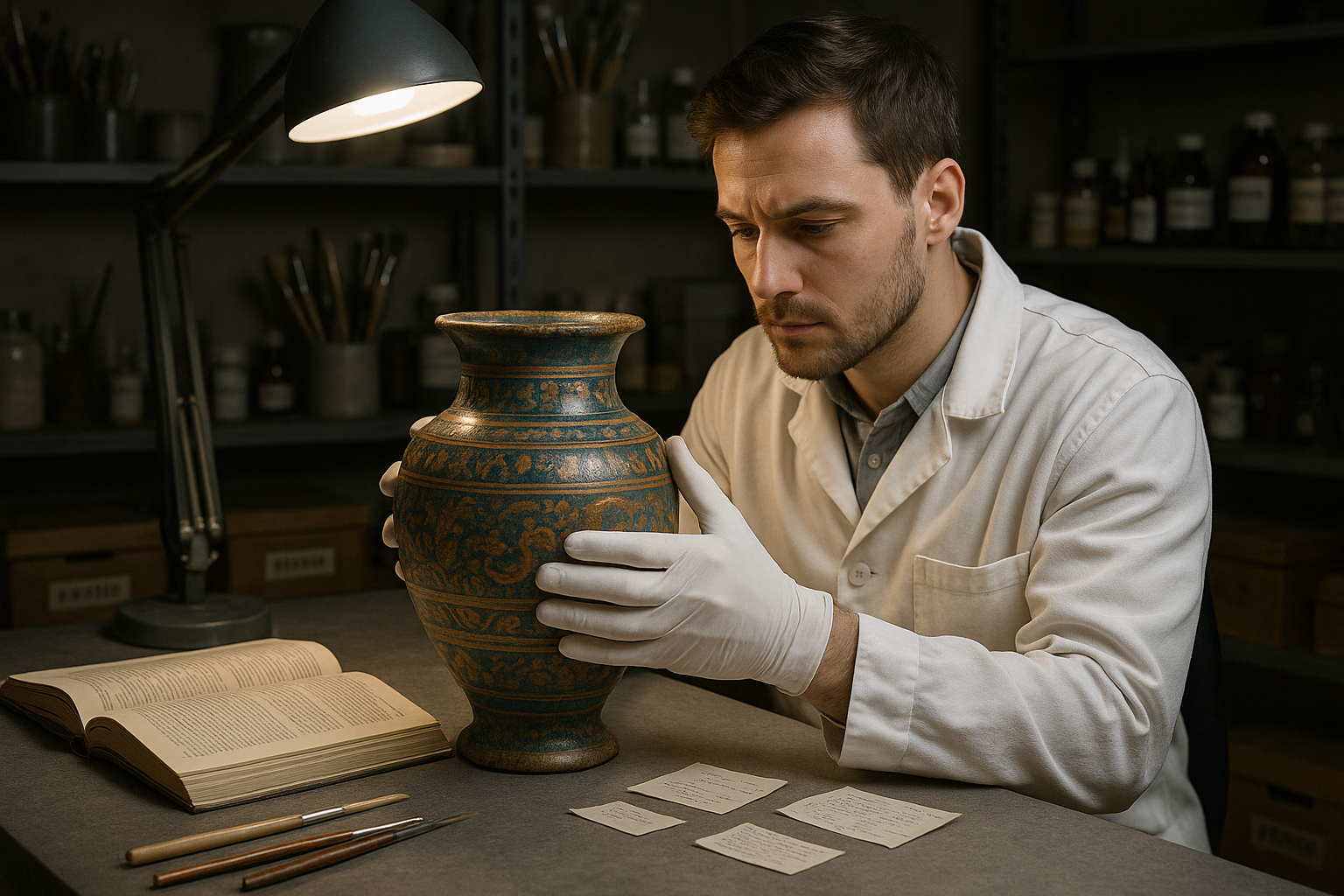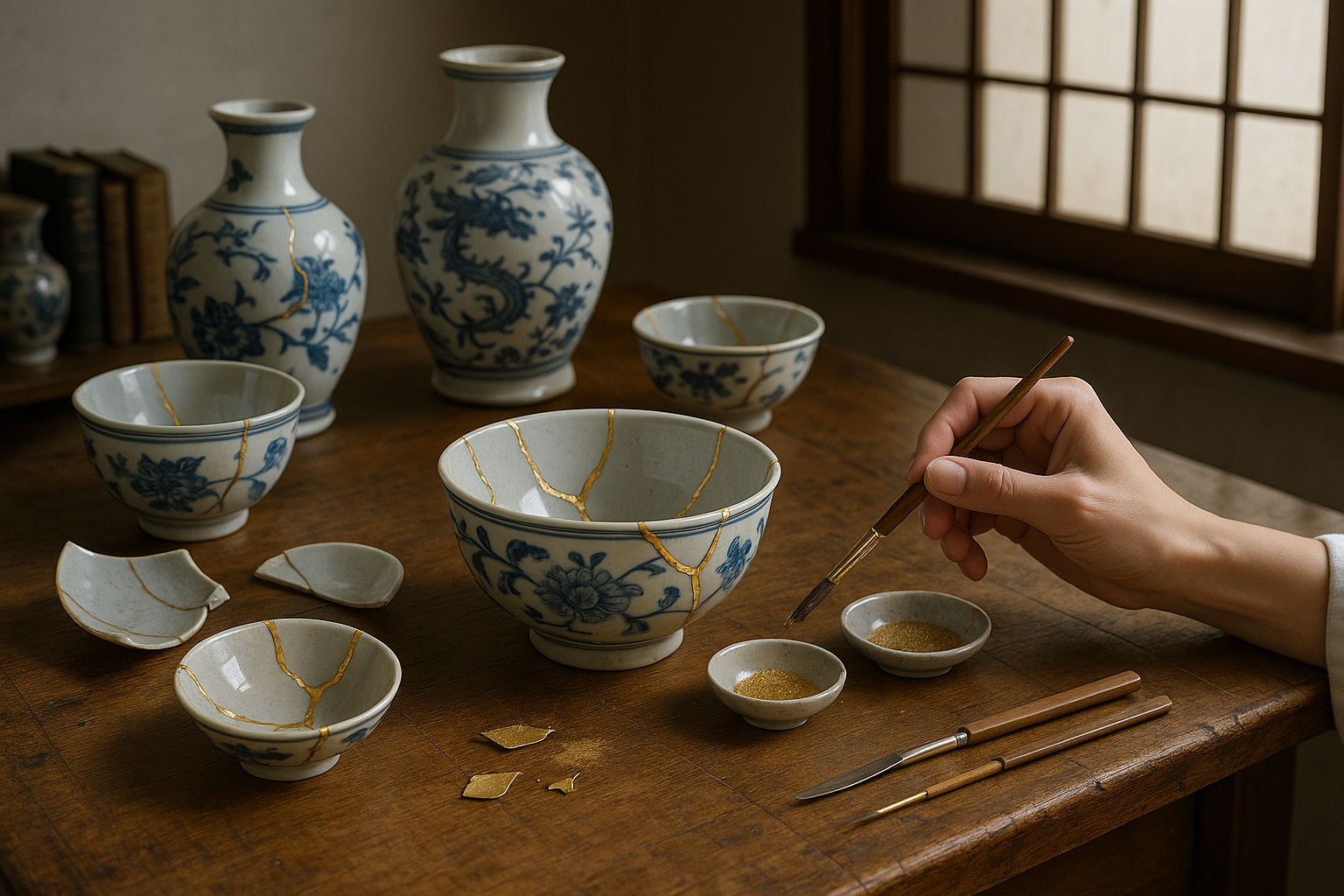In the world of art and restoration, few skills demand the same level of precision, creativity, and patience as ceramic reconstruction. This intricate craft combines both science and artistry, bringing broken pieces of history and beauty back to life. Whether you’re a seasoned restorer or an enthusiastic beginner, mastering the art of ceramic reconstruction can open doors to a deeper appreciation of cultural heritage and an unparalleled sense of achievement. 🌟
Ceramic reconstruction isn’t just about gluing broken pieces together; it’s about understanding the story behind each fragment. Every crack and chip holds a tale waiting to be retold. In this comprehensive guide, we’ll explore the meticulous planning required to achieve perfect results in ceramic restoration. From assessing the damage to selecting the right materials, and executing the reconstruction with precision, we’ll cover all the essential steps to transform shattered ceramics into masterpieces once more.
Planning is the cornerstone of successful ceramic reconstruction. Without a well-thought-out plan, even the most skilled hands may falter. This guide will walk you through the initial stages of planning, emphasizing the importance of patience and detailed observation. We’ll discuss how to carefully document each piece, creating a roadmap for your restoration journey. 🗺️
One of the first steps in planning involves assessing the damage. This crucial stage requires an eye for detail and a respect for the ceramic’s history. We’ll explore techniques for analyzing cracks, chips, and missing pieces, guiding you on how to prioritize repairs and determine the best course of action. The goal is to honor the original craftsmanship while ensuring the durability and aesthetics of the restored piece.
Choosing the right materials is another critical aspect of ceramic reconstruction. The world of adhesives, fillers, and paints is vast, and selecting the right combination can make or break your project—literally. We’ll delve into the properties of various restoration materials, helping you make informed decisions that align with both the ceramic’s needs and your artistic vision. This section will provide practical insights into modern and traditional materials, balancing innovation with time-tested techniques. 🛠️
Execution is where planning and preparation converge into action. Here, we’ll guide you through the hands-on process of reconstruction, from cleaning and aligning fragments to applying adhesives and finishing touches. You’ll learn techniques to ensure seamless joins and invisible repairs, preserving the ceramic’s integrity and appearance. Our guide emphasizes patience and precision, highlighting common pitfalls and how to avoid them.
In addition to technical skills, mastering ceramic reconstruction requires a mindset of continuous learning and adaptation. Each project presents unique challenges and opportunities for growth. We’ll share stories from experienced restorers, offering insights and inspiration to fuel your passion for this art form. These narratives will remind you of the joy and fulfillment that come from breathing new life into old treasures. 💡
Lastly, we’ll touch upon the ethical considerations of ceramic reconstruction. As a restorer, you have a responsibility to respect the cultural and historical significance of each piece. We’ll discuss best practices for maintaining authenticity and transparency, ensuring that your work contributes positively to the preservation of heritage.
By the end of this guide, you’ll have a comprehensive understanding of the planning and execution involved in ceramic reconstruction. Whether you’re restoring a family heirloom or a museum artifact, the skills and knowledge gained here will empower you to achieve results that are both technically proficient and deeply meaningful. Let’s embark on this journey together, and discover the transformative power of ceramic reconstruction. 🏺
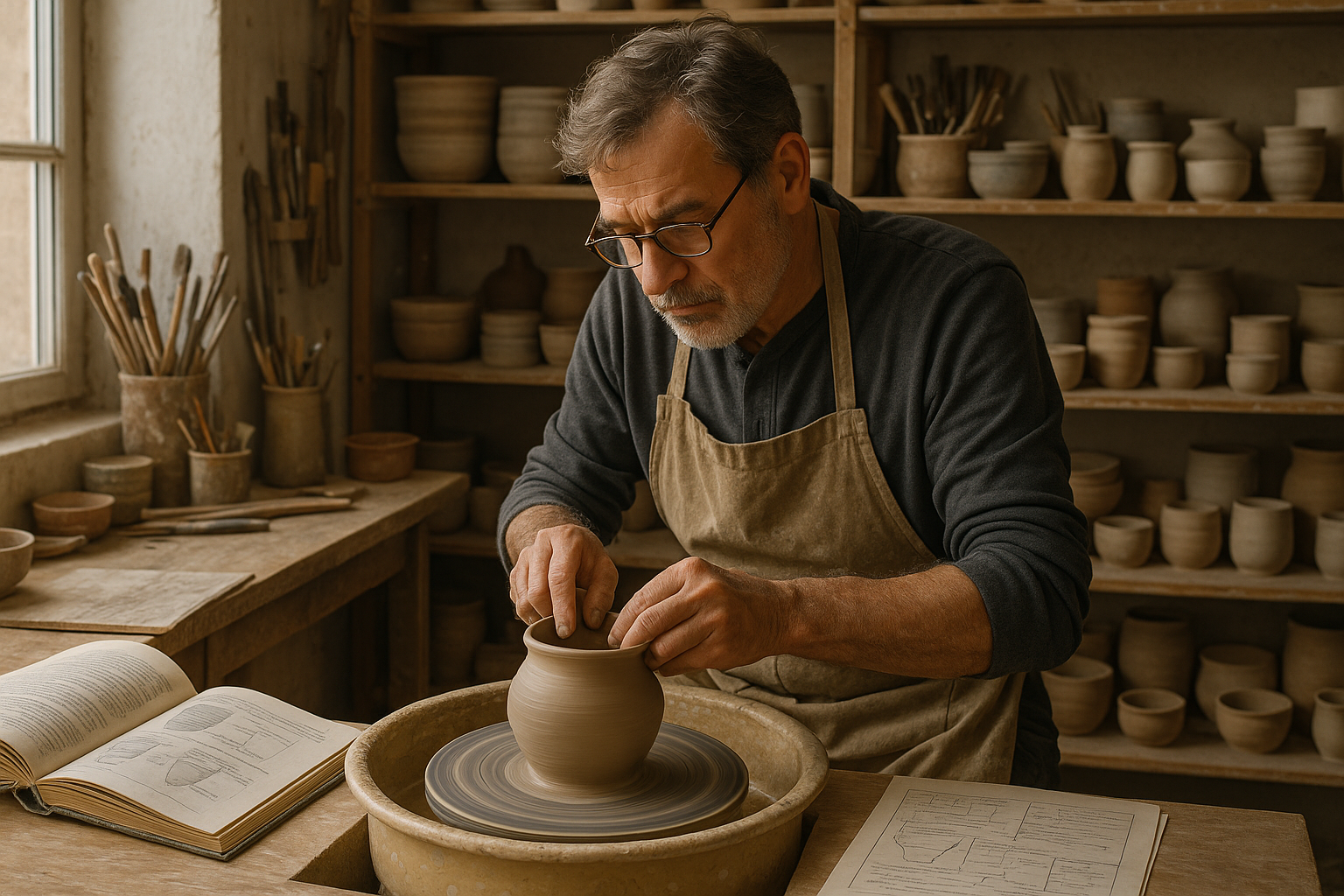
Conclusion
In conclusion, mastering the art of ceramic reconstruction requires a deep understanding of both the technical and aesthetic aspects involved in the process. Throughout this guide, we have explored the fundamental principles that ensure the success of ceramic restorations, including accurate planning, material selection, and precision in execution. These elements are crucial in achieving durable and visually appealing results that meet the expectations of both patients and practitioners. 🏺
One of the key takeaways from this comprehensive guide is the importance of planning. As highlighted, meticulous planning serves as the backbone of any successful ceramic reconstruction. By investing time in the initial stages to assess the patient’s needs, preferences, and the specific requirements of the restoration, dental professionals can significantly increase the likelihood of achieving satisfactory outcomes.
Additionally, the selection of appropriate materials cannot be overstated. Each type of ceramic offers distinct advantages and potential limitations, and understanding these nuances allows practitioners to make informed decisions that align with the functional and aesthetic goals of the procedure. From traditional feldspathic porcelains to modern lithium disilicate ceramics, the choice of material plays a pivotal role in the success of the reconstruction. 📚
Furthermore, precision in execution ties the entire process together. As discussed, attention to detail during the fabrication and fitting stages is crucial in ensuring that the final result not only fits perfectly but also integrates seamlessly with the surrounding dentition. Advanced technologies, such as CAD/CAM systems, have revolutionized the field, offering enhanced accuracy and efficiency in ceramic restorations.
The significance of continuous education and practice cannot be overlooked. Staying updated with the latest advancements and techniques in ceramic reconstruction empowers practitioners to deliver state-of-the-art care. By engaging in ongoing learning and hands-on experience, dental professionals can refine their skills and adapt to the evolving landscape of restorative dentistry. 🎓
In light of the insights gained from this guide, it is evident that ceramic reconstruction is both an art and a science. The intricate balance between technical proficiency and artistic sensibility defines the mastery of this craft. As you apply these principles in your practice, remember that each restoration is an opportunity to enhance a patient’s quality of life and restore their confidence.
We encourage you to share your thoughts and experiences in the comments below. Your feedback is invaluable and contributes to a broader understanding of ceramic reconstruction practices. Additionally, feel free to share this guide with colleagues and peers who might benefit from these insights. By fostering a community of shared knowledge, we can collectively advance the field of restorative dentistry. 🤝
For further reading and resources on ceramic reconstruction, consider exploring these active sources:
- ScienceDirect – Ceramic Materials
- PubMed – Dental Ceramics
- DentalCare.com – Professional Dental Resources
Thank you for embarking on this journey to master ceramic reconstruction. Your commitment to excellence is the cornerstone of outstanding patient care, and we are confident that the insights from this guide will serve as a valuable asset in your professional endeavors. 🌟
This conclusion encapsulates the key points of your article, reinforces the importance of the topic, and inspires the reader to engage and apply what they’ve learned. Make sure to verify that the links provided are still active and relevant to ensure the most current and accurate resources are shared.
Toni Santos is a restoration artist and historical design specialist devoted to reviving the beauty and soul of the past. Through meticulous craftsmanship and a deep respect for heritage, Toni brings antiques back to life—preserving not just objects, but the stories they carry through time. With hands trained in traditional restoration techniques and an eye for age-worn elegance, Toni restores furniture, artworks, artifacts, and heirlooms with precision and reverence. His work reflects a belief that restoration is not correction—it’s conversation between the old and the present. Blending artistry, conservation ethics, and historical research, Toni approaches every piece as a narrative in wood, metal, leather, or fabric—each with scars that speak of eras gone by. Whether repairing a hand-carved chair or reviving a forgotten painting’s vibrance, he respects the integrity of original craftsmanship while honoring its continued life. As the creative force behind Vizovex, Toni shares before-and-after showcases, restoration walkthroughs, and visual essays exploring the techniques and philosophies behind authentic antique revival. His platform celebrates: The timeless value of handcrafted work The quiet artistry of repair and preservation The cultural memory embedded in material objects The delicate balance between age and renewal For collectors, curators, artisans, and lovers of legacy, Toni’s world is an invitation to see restoration not as fixing what’s broken—but as restoring what still lives beneath the dust of time.

